
loose density of blasted rock at quarry
2023-06-16T06:06:42+00:00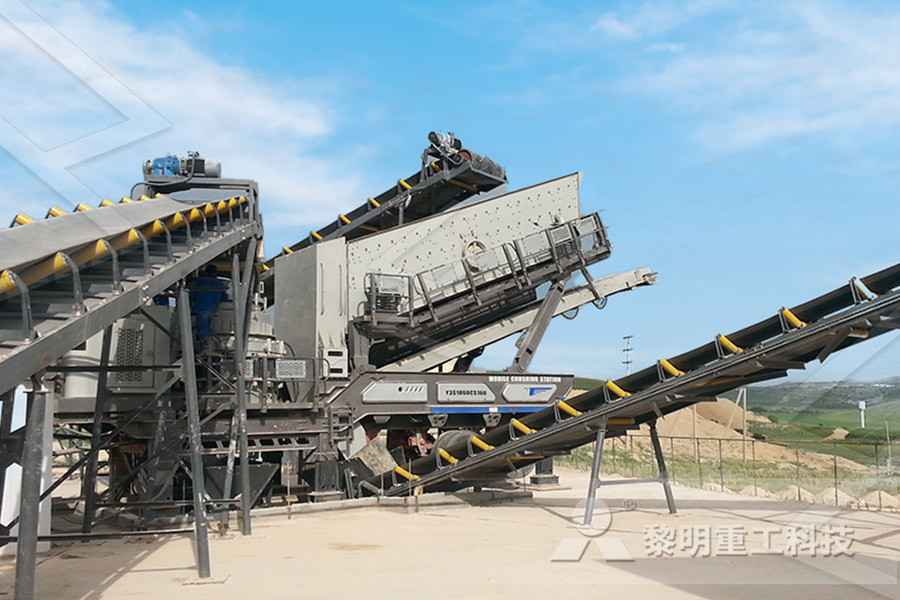
loose density of blasted rock at quarry Hof ter Moubeke
Loose Density Of Blasted Rock At Quarry , quarry shot stone in place density miyakawaindiain Loose Density Of Blasted Rock At Quarry 463 Rock Density are, [Chat Online] sclient psy ab mineral eangielskieu The Quarry Story Vulcan Materials Company Mass, Weight, Density or Specific Gravity of Bulk Materials Otaika Quarry 3 Auckland region Flat Top Quarry 4 Helensville Sand Plant 5 Soil or rock from the borrow expands when dropped on the lorry or the landfill or stockpiled One cubic from the borrow does not translate to one cubic dump Bulking or swell factors for some materials: Material Density at the Borrow 10 3 (kg/m 3) Bulking (Swell) Factor (%) Basalt: 24 31: 75 80: Clay: 18 26: 20 40: Dolomite: 28: 50 60: Earth: 20 30: Gneiss: 269: 75 80 Soil and Rock Bulk Factors17/4/2019 Today, in a majority of situations, the blast is now designed only considering the density of the rock because, generally, as the rock gets denser, it also gets stronger For example, a sandstone has a lower density than a granite and, as such, will be blasted with a larger burden than a graniteBlasting mechanics: Material properties and Pit Quarry
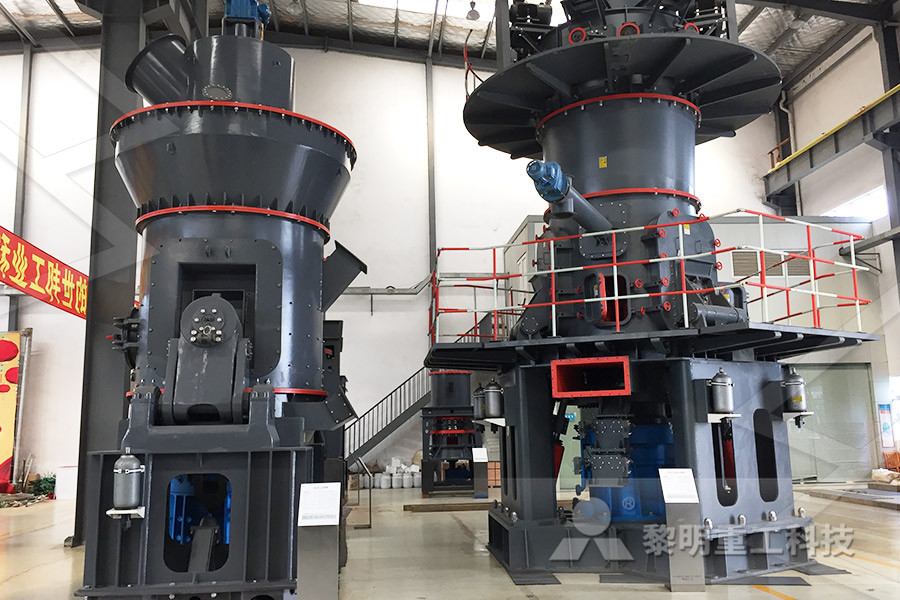
Measurement of Size Distribution of Blasted Rock Using
Measurement of Size Distribution of Blasted Rock at Limestone Quarry Site of investigation is a limestone quarry producing limestone for cement manufacturing The mining method at the quarry uses the traditional open pit practice of drilling and blasting a planned rock bench, loading of material with wheel loaders, and hauling to the primary crusher by heavy duty reardump trucks 31 Loose volume = 8000 * 14 = 11200 m3 > 11200 Loose cubic metres (LCM) The same excavation in feet: Excavated area is 200 feet long 20 feet wide and 2 feet deep with a listed swell of 40% for the material Bank volume = 200 * 20 * 2 = 8000 ft³Bulking/Swell of Excavated or Mined MaterialsLoose Density Of Blasted Rock At Quarry May 07 2017 china manufacturer quarry grizzly mining quarry stone equipment crusher find complete the table specified capacity is relative to crushed stone with loose volume density 16tm3 for various ores beneficiation including iron ore tin ore copper o,Loose Density Of Blasted Rock At QuarryLoose Density Of Blasted Rock At Quarry EXODUS Mining machine

Quarrying Process And Quarry Products
A stone quarry typically produces the following products: Large size blocks blasted from the quarry face, from approximately 05 m 3 (approximately 036 tonne weight) to 125 m 3 (approximately 56 tonne weight), are called rip rap or rock armour and are used in coastal and river flood defence schemes to shore up sea fronts and river banksRather depends on what the parent rock is Some rock is more dense than others Supposing it is granite, the density of the rock before quarrying is about 265 to 275T/m3 Crushed material typically is around 165T/m3 for concrete aggregate size materialHow many cubic meters of quarry rock makes 1 ton? Quora23/1/2020 The densities of rocks and minerals are normally expressed as specific gravity, which is the density of the rock relative to the density of water This isn't as complex as you may think because water's density is 1 gram per cubic centimeter or 1 g/cm 3 Therefore, these numbers translate directly to g/cm 3, or tonnes per cubic meter (t/m 3)The Density of Common Rocks and Minerals ThoughtCo

Blasting mechanics: Material properties and Pit Quarry
17/4/2019 Today, in a majority of situations, the blast is now designed only considering the density of the rock because, generally, as the rock gets denser, it also gets stronger For example, a sandstone has a lower density than a granite and, as such, will be blasted Measurement of Size Distribution of Blasted Rock at Limestone Quarry Site of investigation is a limestone quarry producing limestone for cement manufacturing The mining method at the quarry uses the traditional open pit practice of drilling and blasting a planned rock bench, loading of material with wheel loaders, and hauling to the primary crusher by heavy duty reardump trucks 31 Measurement of Size Distribution of Blasted Rock Using Loose volume = 8000 * 14 = 11200 m3 > 11200 Loose cubic metres (LCM) The same excavation in feet: Excavated area is 200 feet long 20 feet wide and 2 feet deep with a listed swell of 40% for the material Bank volume = 200 * 20 * 2 = 8000 ft³Bulking/Swell of Excavated or Mined Materials

Quarry Run Material Density
loose density of blasted rock at quarry Mining machinery density of loose crushed stones– Rock Crusher MillRock offer advanced, rational solutions for any sizereduction requirements, including quarry, aggregate Read more density of raw materials price list of stone crusher Mass, Weight, Density or Specific Gravity of Bulk Materials Mass, or density, of over 80 A stone quarry typically produces the following products: Large size blocks blasted from the quarry face, from approximately 05 m 3 (approximately 036 tonne weight) to 125 m 3 (approximately 56 tonne weight), are called rip rap or rock armour and are used in coastal and river flood defence schemes to shore up sea fronts and river banksQuarrying Process And Quarry ProductsAs a general rule of thumb for loose rockfill lifts up to 15 ft (05 m) in thickness, the static drum weight should be at least 8 tons (73 tonnes) on level ground with a minimum dynamic drum force of 15 tons (136 tonnes) for a moistened and well compacted rockfillProcedures for determining compacted Rockfill Lift
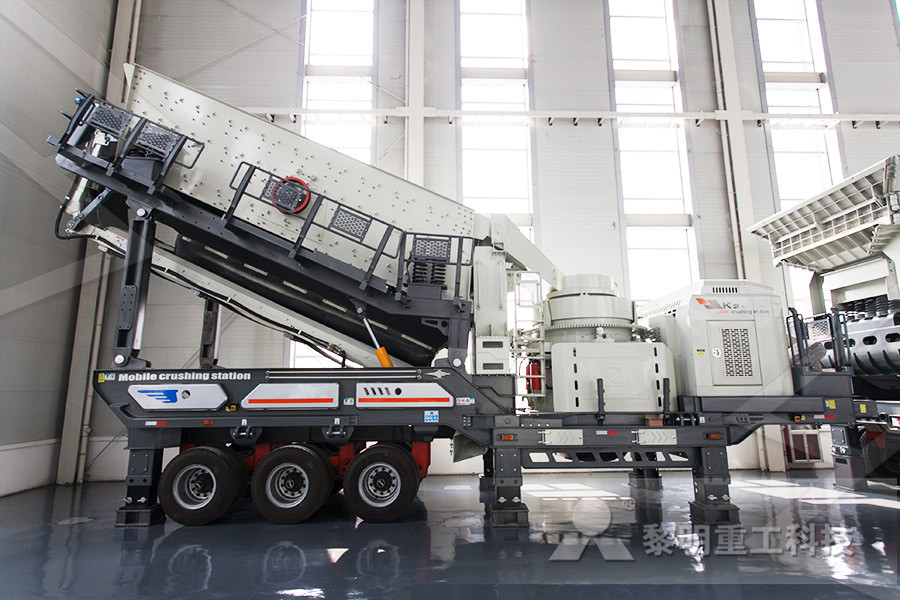
Blasting Practices to Control Quarry Floors and Correct
In today’s industry, blasting is not simply about breaking the rock into manageable pieces, but properly fragmenting and placing that rock to minimize overall quarry costs and environmental effects Subscribe to Quarry Management, the monthly journal for the mineral products industry, to read articles before they appear on AggNet21/2/2019 In practice, the stiffness ratio of a blast is typically between 15 and 4, with the highest frequency of around 26 At a stiffness ratio of 1 a blast will crater, meaning the blast will display violent blowout with rock ejected vertically The blast will break under the borehole effect at a stiffness ratio of 4Blasting mechanics: Blasting design standards : Pit Quarry• Quarry blasting o Blasted rock has 069 swell factor o Loose rock density = 14 tons/yd3 o Blasting produces 500 yd3 of loose rock every hour on average o Efficiency is already factored in to the blasting production rate • Trucking o You have 5 offroad dump trucks to transport the rock o Capacity = 25 yd3 of loose rock each on averageSolved: As A Contractor, You Are Blasting Rock Out Of A Qu

BULK MATERIAL DENSITY TABLE
Loose Bulk Density #/Ft Alfalfa Meal 1422 Alfalfa Pellets 4143 Alfalfa Seed 1015 Almonds, Broken 2830 Almonds, Whole Shelled 2830 Alum, Fine 4550 Alum, Lumpy 5060 Alumina Bauxite,Fines 35 Alumina 5065 Alumina, Sized or Briquette 65 Aluminum Chips, Oily 715 Aluminum Chips, Beans,Dry 715 Aluminum Hydrate 1320 Aluminum Ore (See Bauxite)Aluminum Oxide 60120 Aluminum Silicate 17/4/2019 Today, in a majority of situations, the blast is now designed only considering the density of the rock because, generally, as the rock gets denser, it also gets stronger For example, a sandstone has a lower density than a granite and, as such, will be blasted with a larger burden than a graniteBlasting mechanics: Material properties and Pit QuarryA stone quarry typically produces the following products: Large size blocks blasted from the quarry face, from approximately 05 m 3 (approximately 036 tonne weight) to 125 m 3 (approximately 56 tonne weight), are called rip rap or rock armour and are used in coastal and river flood defence schemes to shore up sea fronts and river banksQuarrying Process And Quarry Products
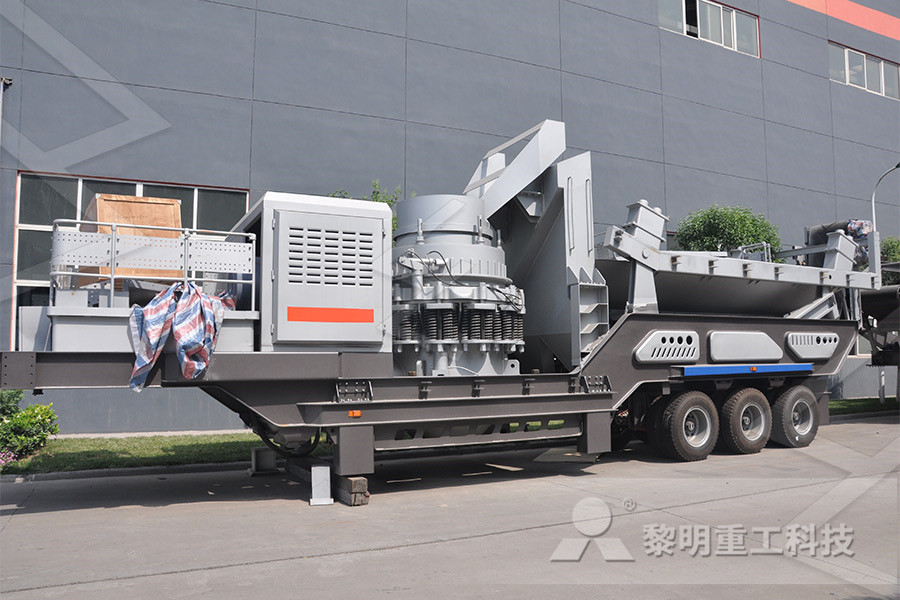
Density of Rocks and Soils Chemistry LibreTexts
18/8/2020 The bulk density is less than the grain density of the constituent mineral (or mineral assemblage), depending on the porosity For example, sandstone (characteristically quartzose) has a typical dry bulk density of 20–26 g/cm 3, with a porosity that can vary from low to more than 30 percent The density of quartz itself is 265 g/cm 31/2/2000 Blasting in hard rock quarries is needed to break up insitu material which cannot feasibly be removed by mechanical equipment The most important factors that determine whether blasting is necessary are the hardness of the rock and the type of machinery available for extraction In the case of opencast coal sites it is not the coal itself which may require blasting, but rather the rock strata Surface mineral workings: control of blasting govscot23/1/2020 The densities of rocks and minerals are normally expressed as specific gravity, which is the density of the rock relative to the density of water This isn't as complex as you may think because water's density is 1 gram per cubic centimeter or 1 g/cm 3 Therefore, these numbers translate directly to g/cm 3, or tonnes per cubic meter (t/m 3)The Density of Common Rocks and Minerals ThoughtCo
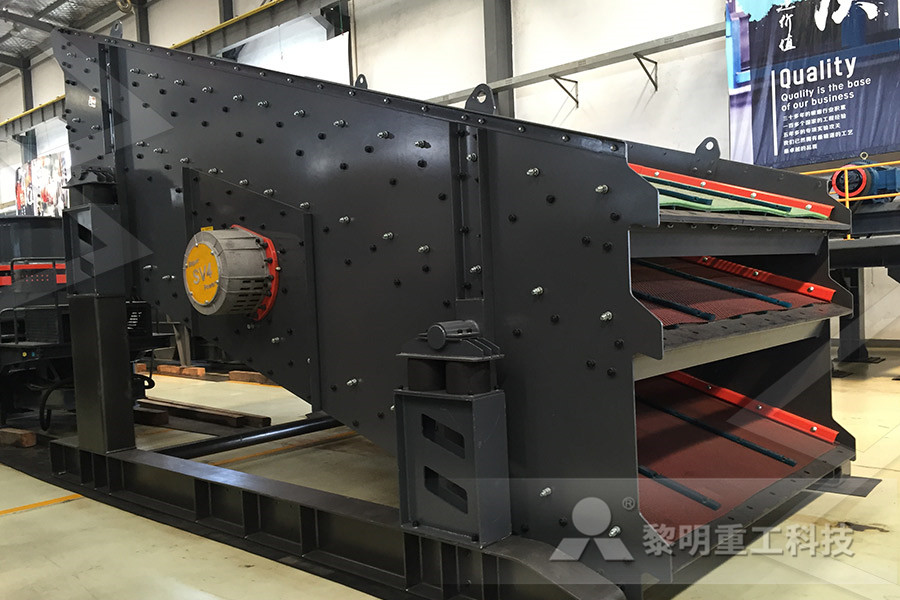
(PDF) Rock Fragmentation by Blasting – a review
BI, rock strength factor, blasthole parameters, powder factor, fragment size distribution of blasted rock and insitu block size distribution using image analysis technique were assessed in 15 Blasting – 500 cu yd / hr loose Trucking – (25 cu yd / truck) * (5 trucks) * 55/60 = 11458 cu yd / hr Excavator (25 cu yd / truck) * (20 trucks / hr) * 50/60 = 41667 cu yd / hr The trucking is the limiting factor here, so the productivity of this operation in cu yd / hr is 11458 cu yd /hr 4What is the density of the rock in tonsyd3 in the bank Drilling and blasting is the controlled use of explosives and other methods such as gas pressure blasting pyrotechnics, to break rock for excavationIt is practiced most often in mining, quarrying and civil engineering such as dam, tunnel or road constructionThe result of rock blasting is often known as a rock cut Drilling and blasting currently utilizes many different varieties of Drilling and blasting Wikipedia

Chapter 8 BLAST DESIGN National Park Service
Figure 85 indicates that the direction of throw of the blasted rock can be controlled by varying the delay pattern The rock will move forward normally to the rows of holes If the holes are fired in oblique rows as in Figure 85, the rock mass would be thrown to the right during blasting (Figure 84) Typical bench cut with two free faces and fired with one delay per row (Figure 85 Real life stone, gravel and sand densities (weight / volume) vary widely: The local quarry or supplier which you elect to use should be able to provide the densities (tons / cubic yard) of their unique gravel, which they are quoting to youCalculating gravel tonnage, cubes, and sand and earth